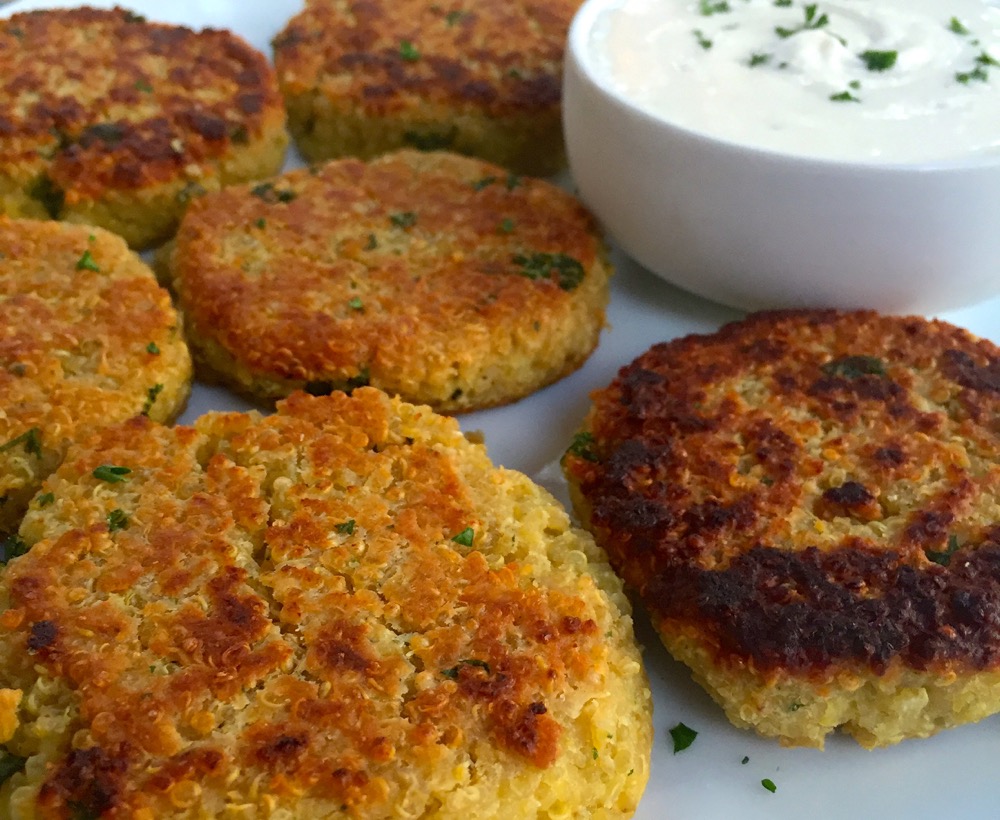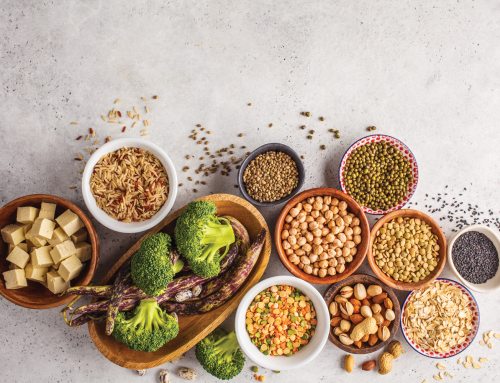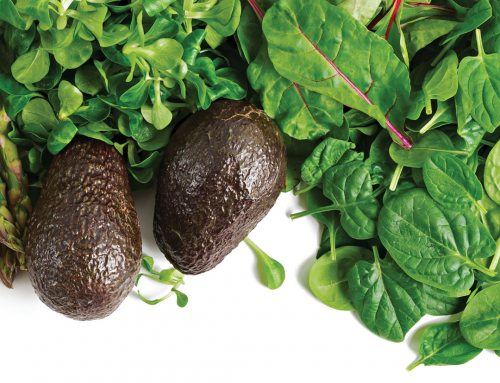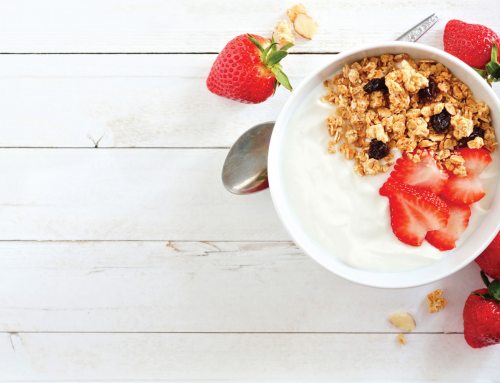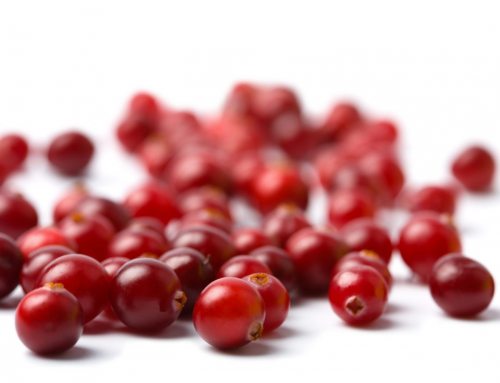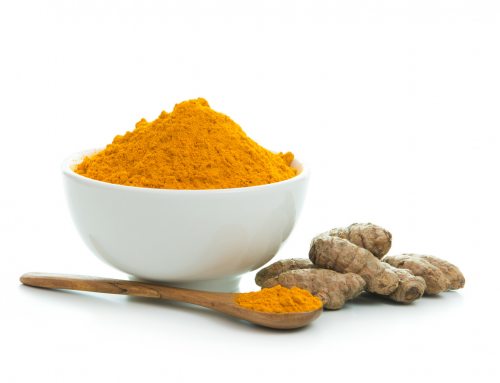By Brandon McDearis
This month’s recipe is easy to prepare, and it can be a meal in itself. While it is a great vegetarian option as a main course, these quinoa cakes can also be a nice accompaniment to some roasted vegetables. For those looking to get some extra protein and fiber into their diet without having to prepare multiple items, then this recipe is a convenient and tasty solution.
Ingredients:
•1 cup quinoa
•1.5 cups water
•1 cup chickpeas
•2 tablespoons Parmesan cheese
•2 tablespoons chopped parsley
•2 eggs
•1/4 cup panko bread crumbs
•1 tablespoon Kosher salt
•1 teaspoon black pepper
•2 teaspoons garlic powder
•1 teaspoon lemon juice
•½ teaspoon Tabasco
•2 tablespoons olive oil
Lemon Yogurt:
•½ cup Greek yogurt
•1 teaspoon lemon juice
•1 teaspoon Kosher salt
•½ teaspoon garlic powder
•¼ teaspoon black pepper
•dash of Tabasco
Preparation:
•Cook quinoa in water according to pack directions. (Bring to a boil, reduce heat to low, cover and cook for about 5-10 minutes until all liquid is evaporated and quinoa is tender).
•Puree chickpeas in a food processor (scrape the sides and continue until fully blended).
•Add remaining ingredients and mix thoroughly. Form into cakes of any size of your preference. A smaller cake (about 1.5 inches in diameter and ¼-1/2-inch thick is ideal for thorough cooking).
•Heat olive oil in a skillet at medium-high heat and sear the cakes on each side for 1-2 minutes until golden brown. Check to see that they are cooked all the way through and warm in the middle. They can be finished in a 400 degree oven for about 5 minutes if they seem to a be a little under done.
•Whisk together yogurt ingredients and serve over top quinoa cakes.
The recipe makes about 8 small to medium size quinoa cakes.
Nutrition Facts:
Calories: 145 / Fat: 4g / Saturated Fat: 1g / Carbohydrates: 17g / Fiber: 4g / Protein: 6g
# # #
Brandon McDearis is the owner of Your Way Cuisine, www.yourwaycuisine.com, a personal chef and nutrition consulting business. He is also a professional wanderer that spends much of his year trotting the globe and working in places such as Alaska, Australia, and Antarctica.
What is Quinoa?
Though relatively new to the United States, quinoa (keen- wah) has been cultivated in the Andean Mountain regions of Peru, Chile and Bolivia for more than 5,000 years where it has long been a staple food in the diets of the native indians. The Incas considered it a sacred crop calling it the mother of all grains or chisaya mama. The legend states that the Incan emperor would ceremoniously plant the first quinoa seeds every year.
While it is often thought of as a grain, quinoa is actually the seed of a plant related to beets, chard and spinach. Rich in amino acids, these seeds area very nutritious – and very delicious. Cooked quinoa seeds are fluffy and creamy, yet slightly crunchy. They have a delicate, somewhat nutty flavor. While the most popular type of quinoa is a transparent yellow color, other varieties feature colors such as orange, pink, red, purple or black.
Not only is quinoa high in protein, but the protein it supplies is a complete protein, meaning that it includes all nine essential amino acids. Quinoa is especially well-endowed with the amino acid lysine, which is essential for tissue growth and repair. Quinoa is also a very good source of manganese as well as a good source of magnesium, folate and phosphorus, and may be especially valuable for people with migraine headaches, diabetes and atherosclerosis.


